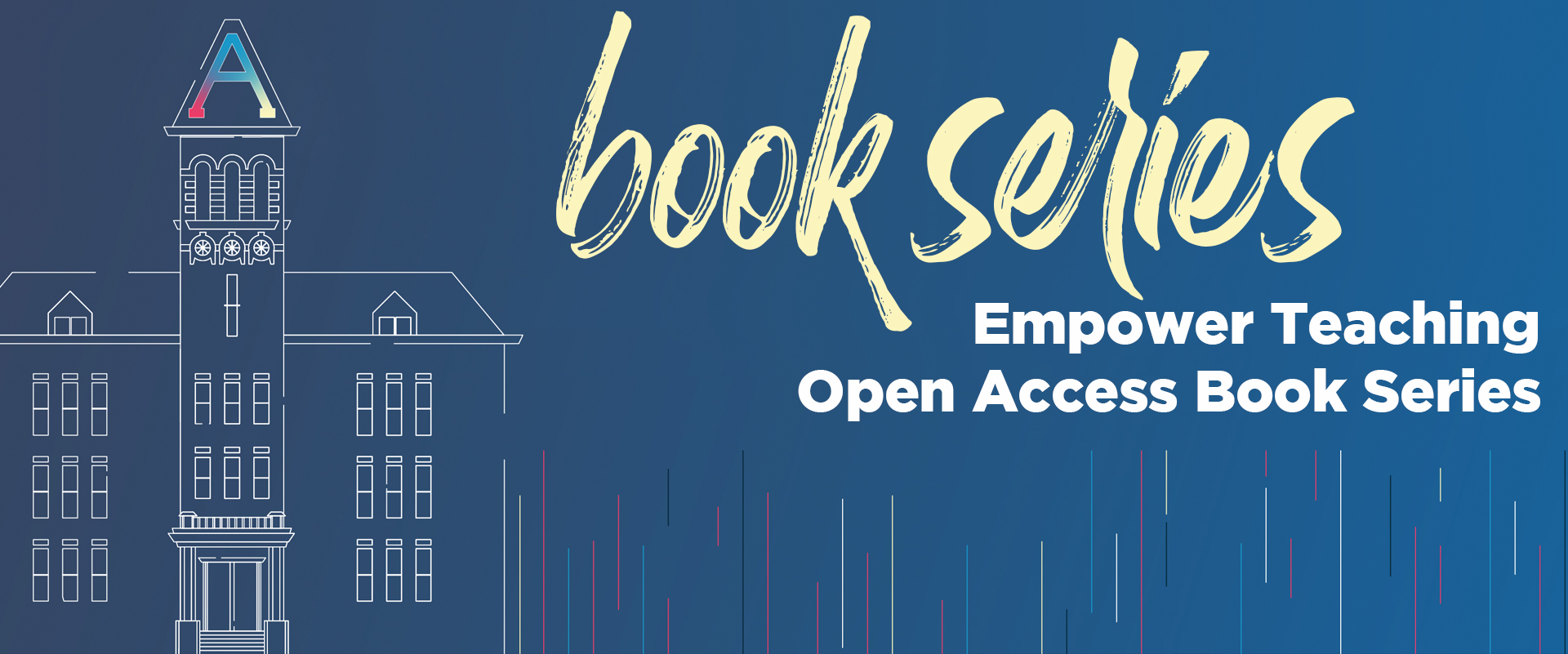Document Type
Chapter
Journal/Book Title/Conference
Making Connections: A Handbook for Effective Formal Mentoring Programs in Academia
Editor
David Law & Nora Domínguez
Publisher
Utah State University
Publication Date
5-15-2023
First Page
351
Last Page
373
Creative Commons License

This work is licensed under a Creative Commons Attribution-Noncommercial-No Derivative Works 4.0 License.
Abstract
Chapter 15, Funding the Mentoring Program, provides essential resources for allies who want to implement or enhance their existing mentoring programs. Contextually, the discussion of funding opportunities is framed within the formal and informal mentoring language with one caveat. Informal mentoring program funding does not mean that the funding is easy to acquire or not rigorous to implement. Informal mentoring has strategic advantages for developing employee expertise and other desirable skills. Formal mentoring is the most prevalent type and had organizational advantages of scale. This chapter is composed of four sections. First, a brief overview of the theoretical and methodological frameworks. Second, the chapter guides decision-makers through six steps for identifying mentoring program funding. The six steps of mentoring program funding include,
Step 1: Identify the goals of the mentoring program or mentor and mentee relationship
Step 2: Match goal and mentoring funding organization program
Step 3: Assess the levels of commitment required
Step 4: Align the mentoring plan with organizational goals
Step 5: Identify and apply for mentoring program funding
Step 6: Implement the mentoring plan in stages for funding
Examples of how this may occur are provided to identify a range of contexts where mentoring program funding can propel programming outcomes. Third, a modified rapid review is included for mentoring program funding opportunities between 2017 and 2021. The rapid review demonstrates significant federal and nonprofit funding available for mentoring that can be leveraged for students, faculty, and staff. The fourth and final section concludes the chapter and focuses on future directions in mentoring program funding.
Recommended Citation
Castañeda-Kessel, Monica, "Chapter 15- Funding the Mentoring Program" (2023). Making Connections. Paper 17.
https://digitalcommons.usu.edu/makingconnections/17


